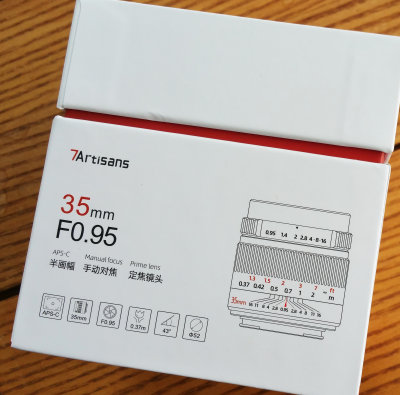
The lens comes in a very nice box |
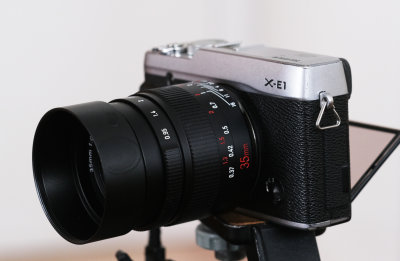
The lens hood is needed. |
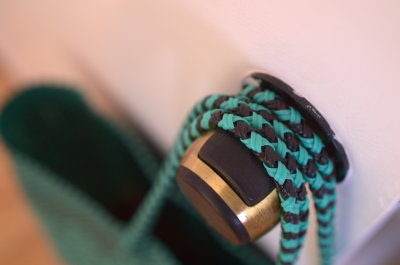
A bag hanging from a door knob |
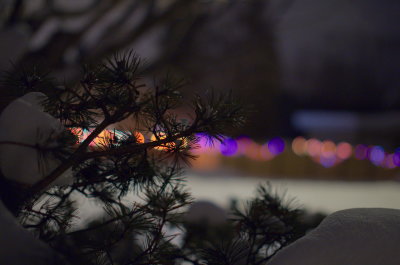
Bokeh balls |
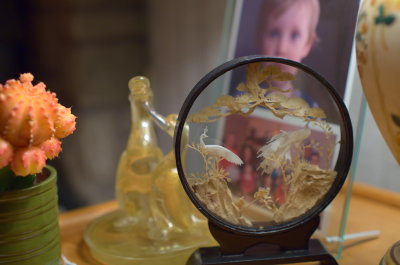
The focus plane looks quite flat at this close focus distances |

Also pretty sharp wide open at close focus distances |

Winter scene at f/4.2. The focus is on a tree on the center-left. I believe there is field curvature. |
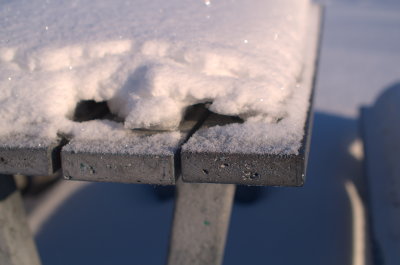
A close up of the table corner |
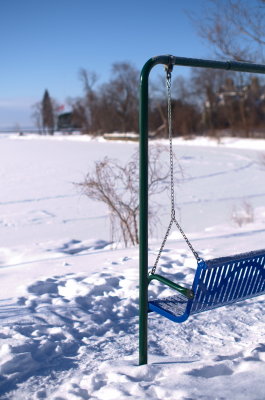
The focus is on the metal chain |

Another winter scene at f/8. The focus is on the tree on the middle. The depth of field does not cover the whole image |
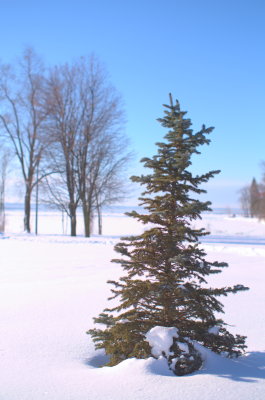
A 2 m tall subject. Wide open. |

Technical picture showing curvature of field at f/8. The focus is on one of the trees on the center-right. |

An old chart. The aligment is not perfect. The focus is on the right part of the chart |
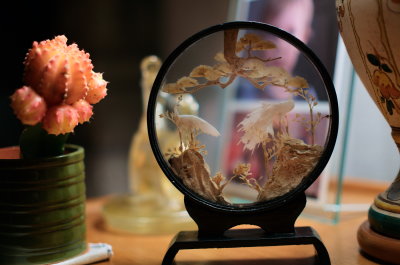
Another look at the focus plane at short range wide open |

The focus is on the bunny on the right |
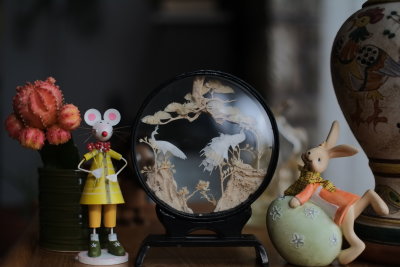
JPEG developed in camera |
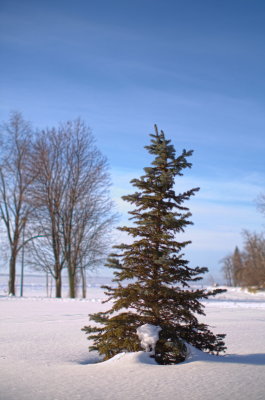
The same tree a couple of days later |
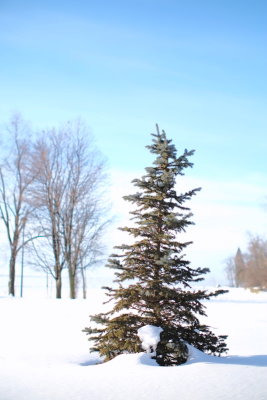
SOOC jpeg with a bit of post processing |
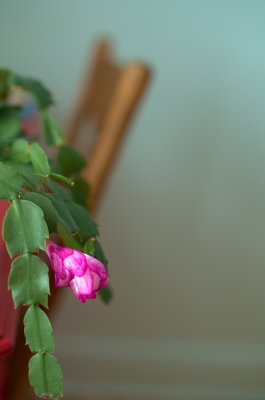
The last flower for this season |

The third shot of that tree |

Using f/11 at close range |
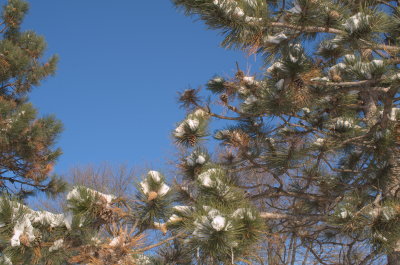
A little bit further away |
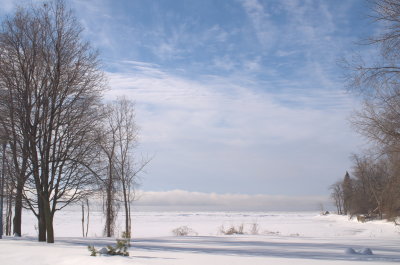
I now focus at infinity by aligning the red line on the lens with the space between the first two legs of the 'm' mark. |
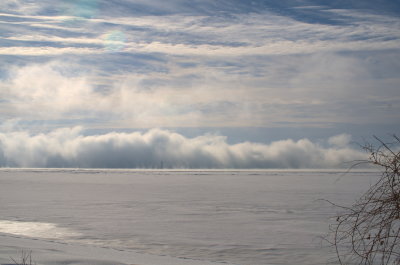
Again focus at infinity as above by aligning with the 'm' mark. |
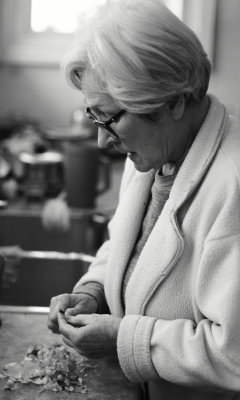
A more contrasty vintage B&W look. Cropped on the right, left and bottom. The focus is on the eye. |
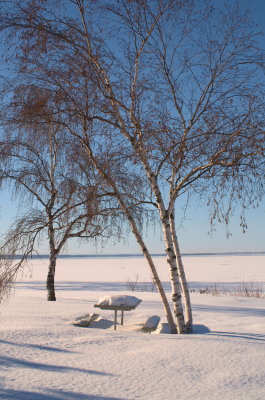
Other trees! |
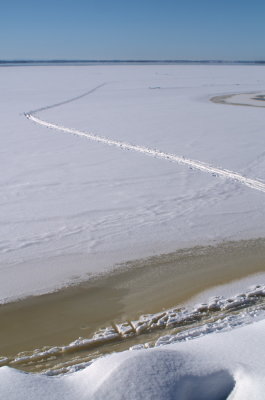
Skiing away from the slush . |
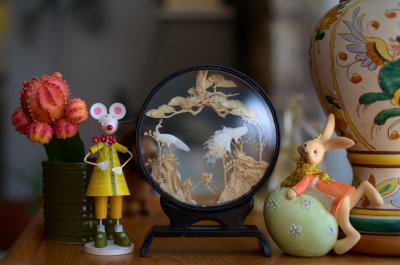
No sharpening at all. The focus is on the bouquet of flowers in the hand of the mouse |

Cheating with sharpening. The focus is on the bouquet of flowers in the hand of the mouse |
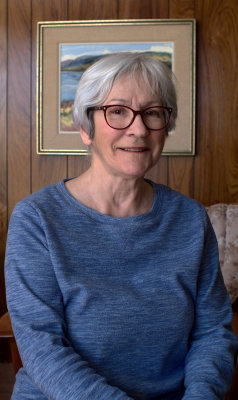
A portrait at around f/4 |

Last walk on the lake |

XT3S-110-5373.jpg |
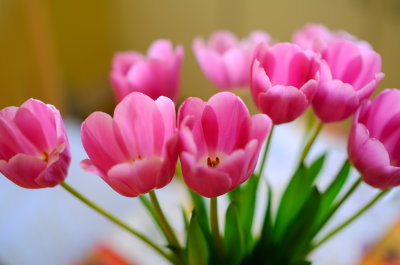
XE1S-125-5734.jpg |

XE1S-125-5781.jpg |

XE1S-125-5777-1.jpg |
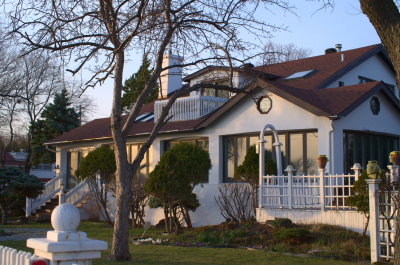
A busy landscape at f/5.6 |
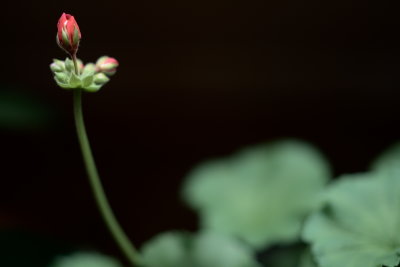
Focus on a corner at f/0.95 |











